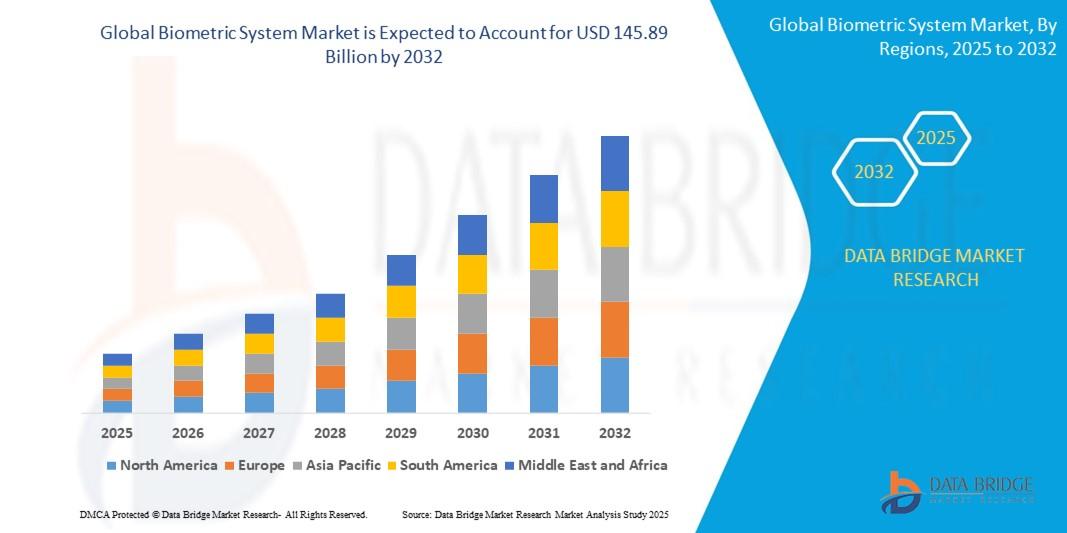Microplastic Recycling Market: Regional Insights Driving Sustainability and Innovation

The growing global awareness surrounding environmental sustainability and marine pollution has accelerated the development of the microplastic recycling market. Increasing volumes of plastic waste in oceans and landfills have made microplastic pollution one of the most urgent global challenges. As industries, governments, and consumers move toward circular economy models, the adoption of microplastic recycling technologies is gaining strong momentum. This market is witnessing extensive investments in innovation and policy reform to transform waste management systems into resource recovery solutions.
Microplastics are tiny plastic fragments resulting from the degradation of larger plastic materials. They are found across air, soil, and water ecosystems, creating severe ecological and health hazards. The recycling of microplastics aims to capture, treat, and repurpose these particles into usable materials, thereby reducing environmental burden. Advancements in filtration, sorting, and chemical recycling technologies are improving collection efficiency and material recovery rates. The use of artificial intelligence and automation in waste segregation has further enhanced recycling accuracy, driving new opportunities for manufacturers and environmental service providers.
Global demand for microplastic recycling is also being supported by stricter environmental regulations and green procurement policies. The European Union’s ban on microbeads, along with stringent plastic waste management directives in North America and Asia-Pacific, has accelerated the growth of this sector. Moreover, collaborations between research institutions and private companies are driving innovation in biodegradable plastic substitutes and recycling infrastructure.
From a regional perspective, the market is witnessing varying degrees of progress and investment. The microplastic recycling regional insights highlight that Europe remains a leader due to its advanced waste collection systems and strong regulatory framework, while Asia-Pacific shows significant growth potential due to its expanding industrial base and increasing awareness about pollution control. North America, on the other hand, continues to invest in advanced mechanical and chemical recycling technologies to reduce landfill dependency.
The Microplastic Recycling Market is expected to experience exponential growth in the coming years as sustainability transitions become a key focus across industries. Market participants are focusing on scalable recycling models, investment in R&D, and partnerships to enhance technology efficiency and cost-effectiveness. Additionally, the integration of blockchain-based tracking systems in plastic recovery operations is improving transparency and traceability, ensuring responsible recycling practices.
In conclusion, as the global community intensifies its efforts to mitigate plastic pollution, the microplastic recycling market will play a crucial role in promoting environmental stewardship. Companies that adopt circular economy strategies and invest in next-generation recycling technologies are poised to lead the transition toward a cleaner, more sustainable future.
Browse More:
Recycled Materials For Mobility Application Market Size
Rubber Bonded Abrasive Market Growth




